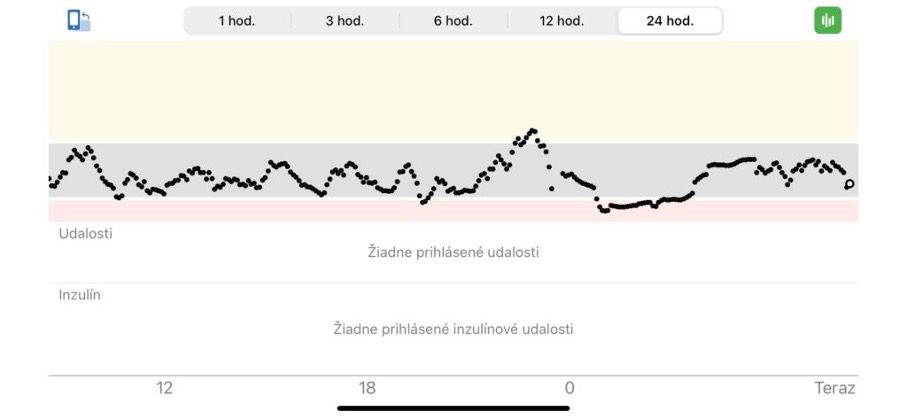
I’ve been living with diabetes for over 30 years, but there is always some news or information that pushes me forward. Information is the keystone of education, and education is the key to keeping a diabetic person in shape for as long as possible.
I assume that many of you – us diabetics – after some time get to fight with diabetes with an increased sensitivity to saccharides – any, in any amount, which for a diabetic person means as per the “agreed” saccharide units. Whenever I ate even a little bit of bread or a roll (of course always made of rye or wholegrain), the Dexcome arrow always turned towards the sky and I was immediately reminded by the two arrows that this will cost me. Just thinking about something sweeter with a higher glycemic index had been a taboo for some years. I’m not a doctor, just a person, a diabetic, fairly well educated, with many dia-life experiences.
I have gradually given up on normal foods like pasta, pastry, potatoes, rice, even my beloved sushi had to take a back-seat and ended up on my plate only on special occasions. Naturally, this kind of diet isn’t the best option for a diabetic, especially if you’re active in sports. I understand that everyone is different, some people don’t mind a low-carb diet, but as I see it, our brain and muscles need saccharides. That’s how it is for me, any activity that was a bit more demanding had me in hypoglycaemia. Other than the mandatory insulin, I boost my health with supplements like probiotics, ashwanganda, moringa, zinc, but also a healthy and high-quality diet and by staying hydrated.
I’ve always believed that probiotics from a pharmacy are of good enough quality and alive, but since there was no progress, I tried to dig deeper. Probiotics, which you can usually buy at a pharmacy, are basically a dead powder without any significant effect on health, they have, however, a significant effect on your wallet. Probiotics need to go together with prebiotics, only then will everything work as it should, and it is especially important to use probiotics that are alive. Recently, I got my hands on probiotics from Body&Future Laboratories. Along with pro- and prebiotics, these also contain butyrate, and this was the missing puzzle piece. After the first month of use I had to lower the base of Tandem and I noticed that my reactions to an intake of saccharides aren’t as crazy as they used to be. It wouldn’t be me if I wasn’t curious, and so I started to ask around what butyrate really is. It doesn’t sound very appetizing, but butyrate is butyric acid, which occurs naturally in spoilt butter, parmesan, vomit and sweat. It has an unpleasant smell and sharp flavour, but this smelly substance strengthens the gut wall, thus impairing the fast passing of saccharides into the bloodstream, which is also the reason why the curves on my sensor became much smoother since I started taking it.

As I already mentioned above, we’re all different, someone will benefit from the same thing as me, some might not. After finishing the first month’s dose I’m still holding on, but I know that probiotics will once again make an appearance in my and my children’s’ diet, however this time, they will be alive and of high-quality.
Janka